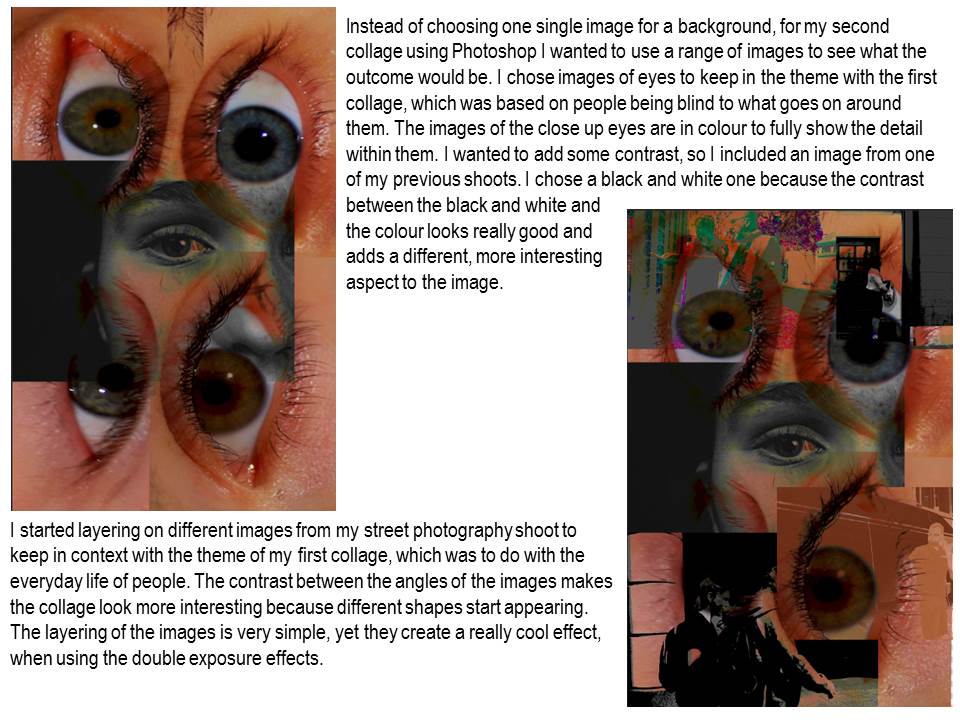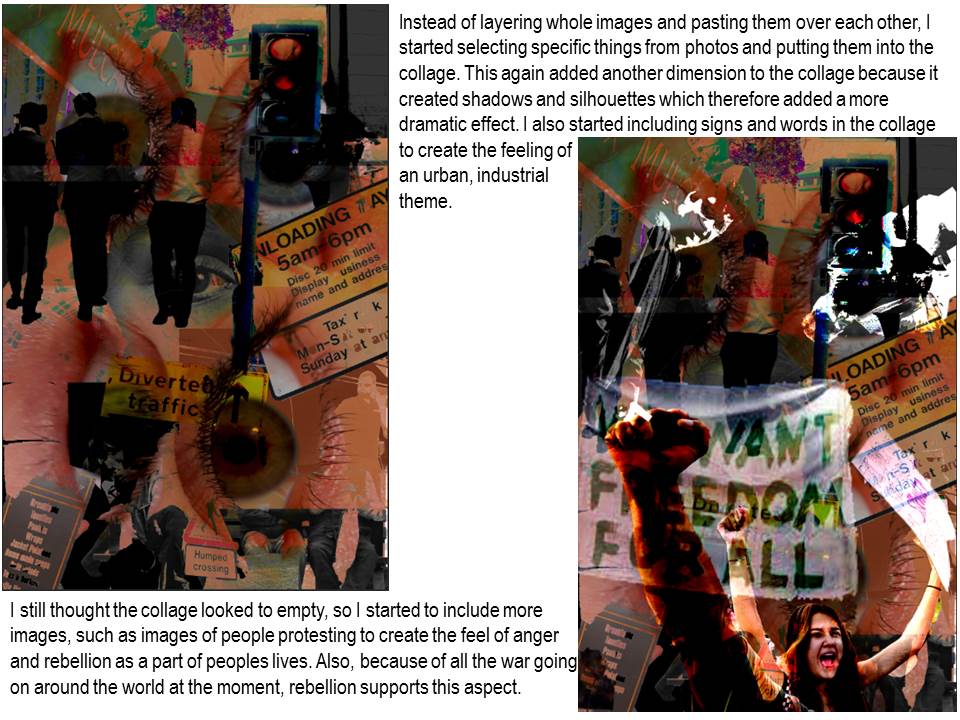
I decided to link this image with the concept of triumph, a sense of pride to comprehend the level of brightness entering the image. This perspective was formed through the given environment; taken in the middle of St. Helier, this office rose above the life of society and looked down upon the rush of working life. To extend this perspective, I altered the entire exposure of this image to stress the angelic glow that radiates the office exterior in attempt to send a signal of success towards the meaning of this modernistic building. Giving the tonal value a profile of how education and finance appears to be the given spotlight within society today.

With great influence from Van Damme’s work with architect, I have presented my image with such significance on the shadow play due to the impact of leading lines. By increasing the saturation of this image, I was able to create a greater contrast of the warm escape that entices the viewer against the mysterious darkness that echoes further into the compact alleyway, directed through the thickness of the shadow and its leading lines. Given this context, I figured this image presents an opening of freedom that is tightly fitted between the urbanism of working life. Located in St. Helier, this scenery was taken in the center of a block of finance offices named ‘Liberation House’ a major new landmark within St. Helier, with clarity of form and the use of grey and pink granite cladding, combine an effect of fashionable hierarchy that dominantly overcomes the exposure of nature. With this ongoing issue of densely populated areas of society, man-kind continue to proceed with the compact demands of finance and how the economy is harshly cropping our perspective of atmospheric views as presented in this image.

With inspiration from both Fontana and Schulze, I have given this image a stressful demand of colour to the viewer. For this reason being; I took knowledge from both artists and formed a response to abstract photography. Originally capturing the structure of apartments located in First Tower, Jersey; I noticed a vision that seemed dull and flat, sparking my decision to introduce Fontana and Schulze’s technique of entering vibrant, bold colours to give elements of reality a sense of enthusiasm and fantasy. Playing with this concept, I also formed a set of formation towards the composition of the image, diving three portrait segments of colour, supporting my corporate objective to achieve structure.





























